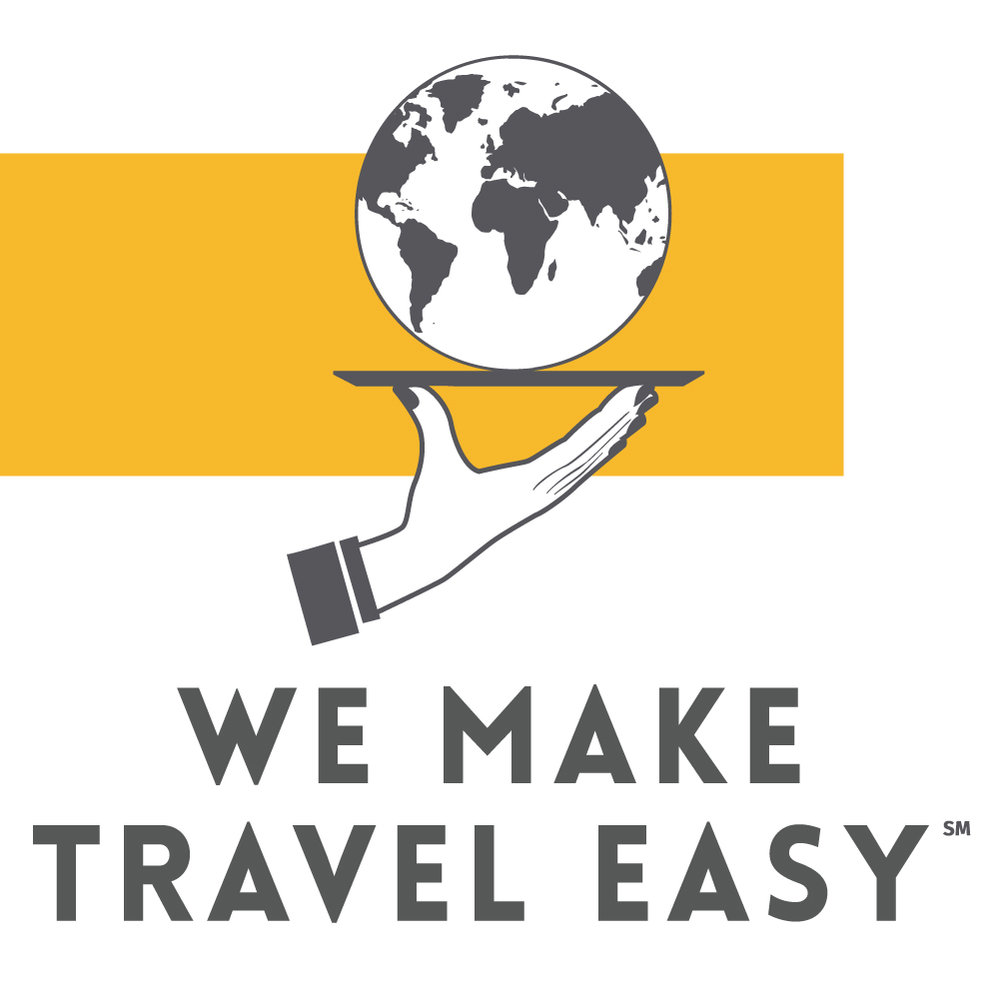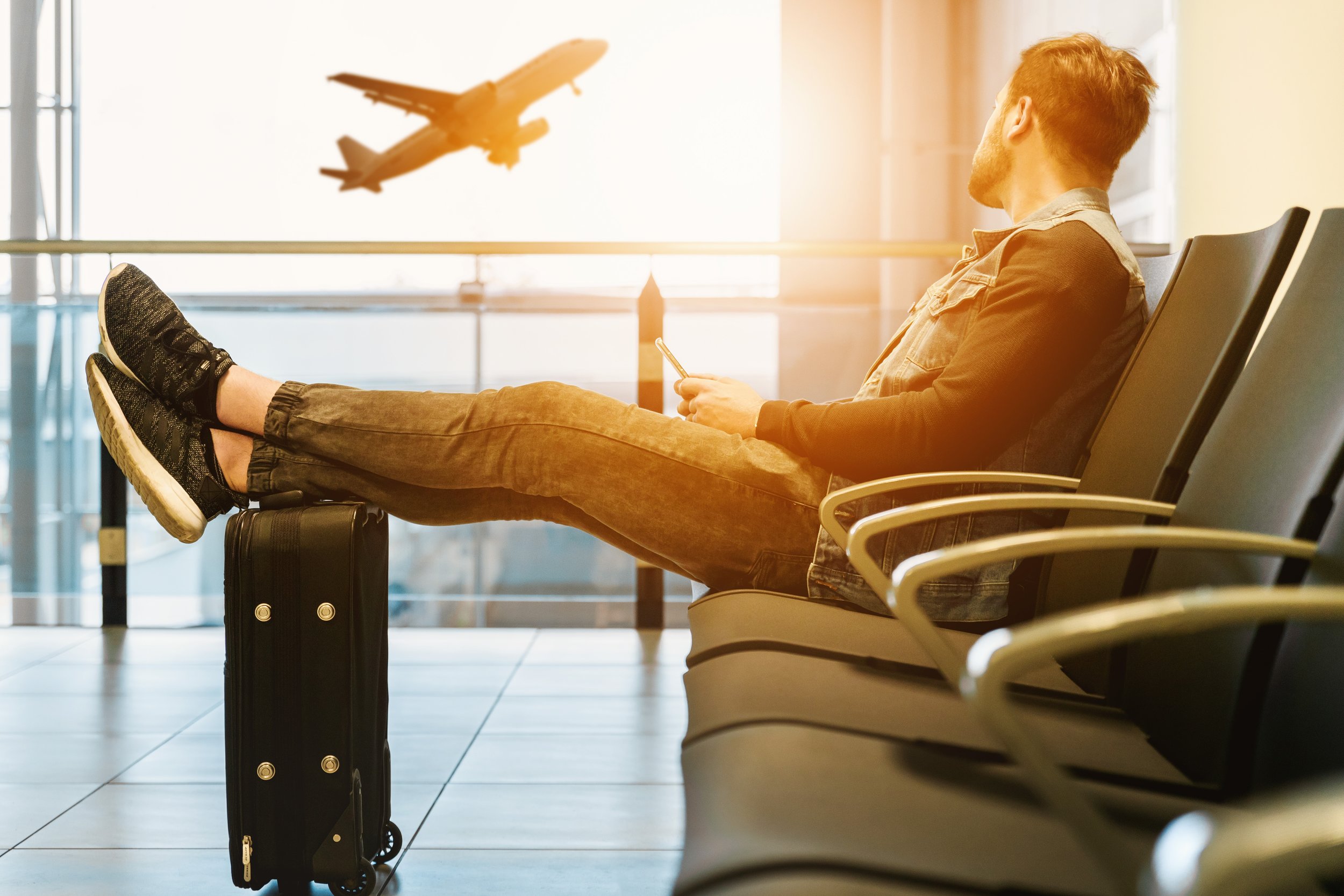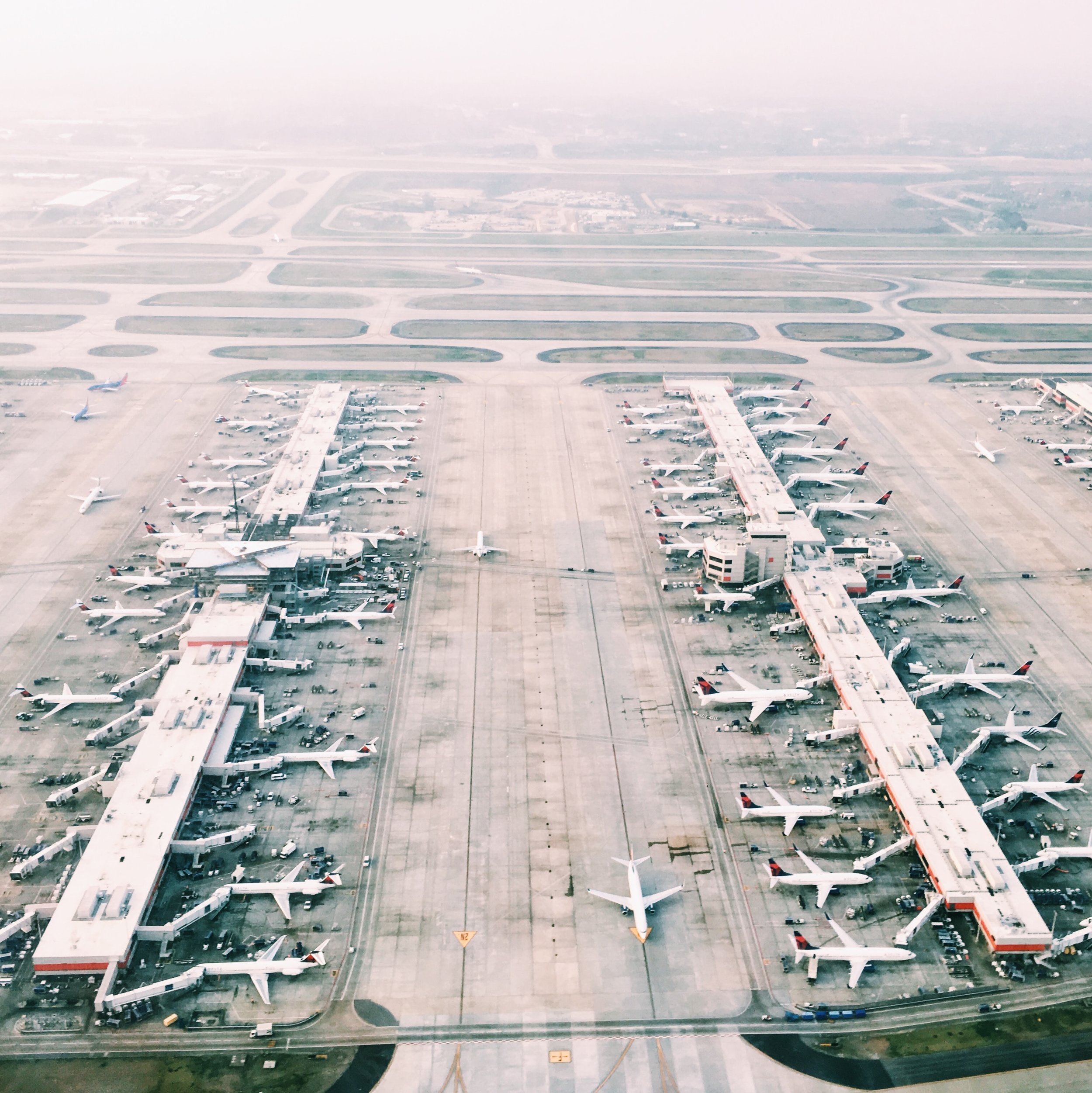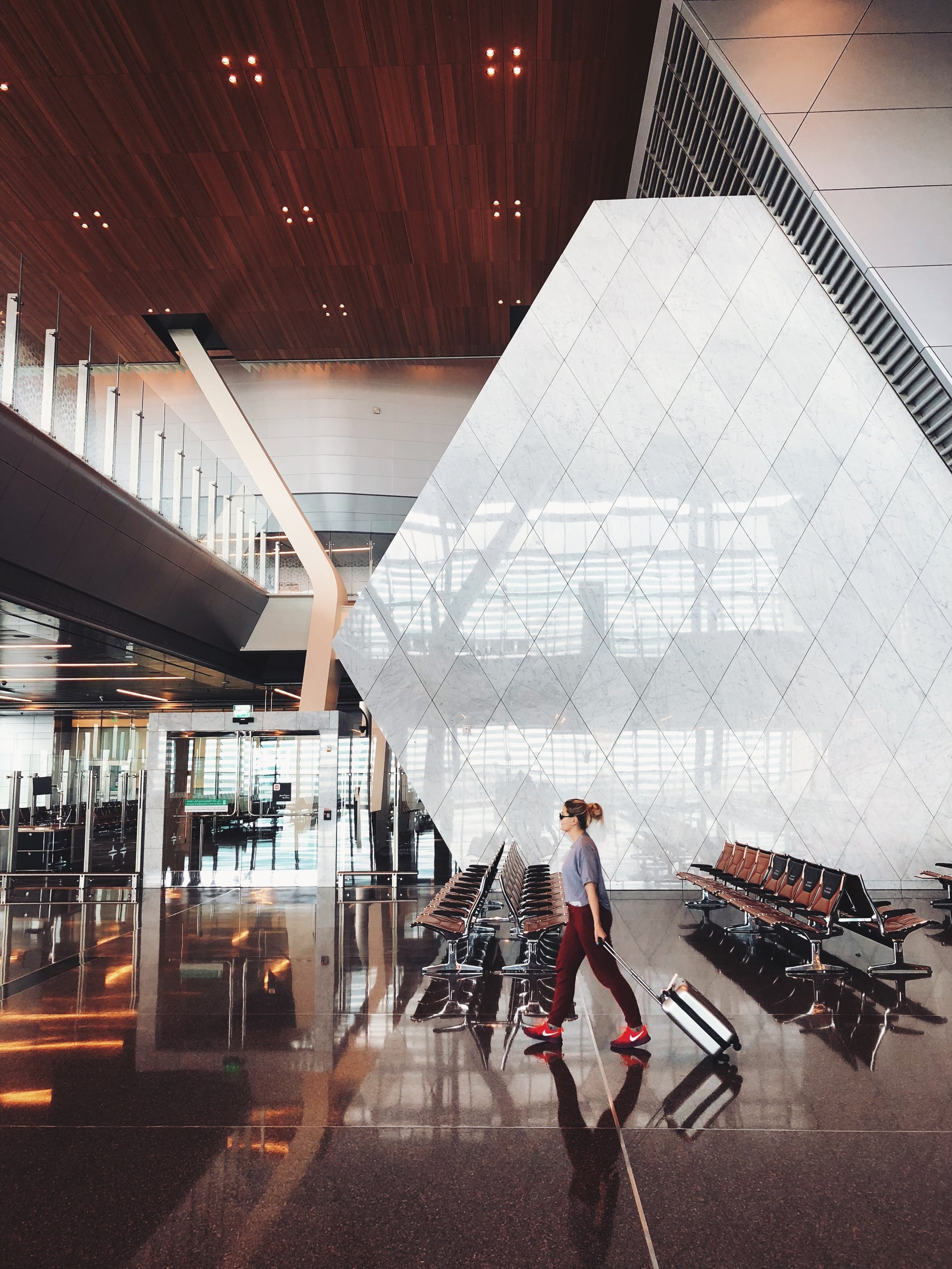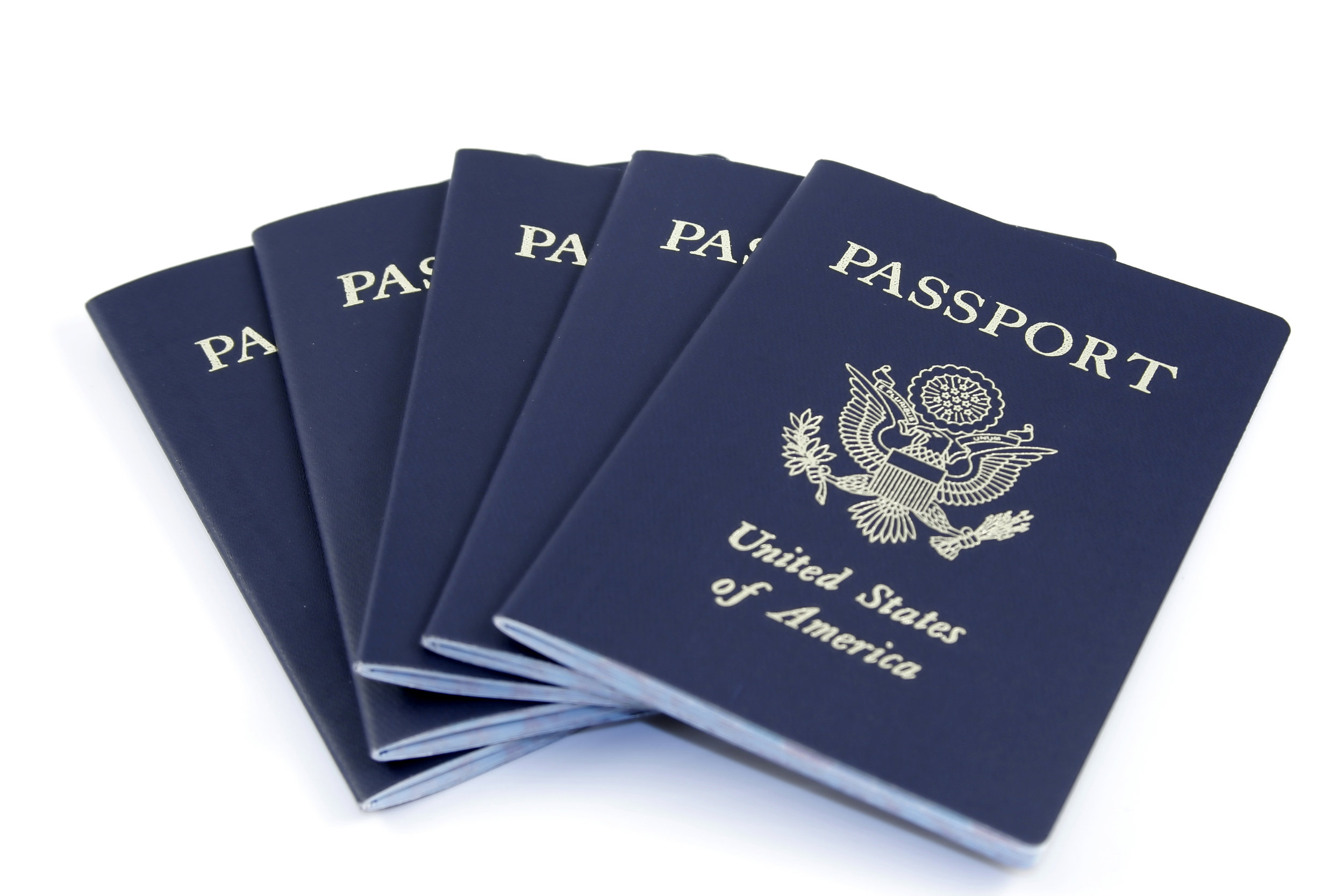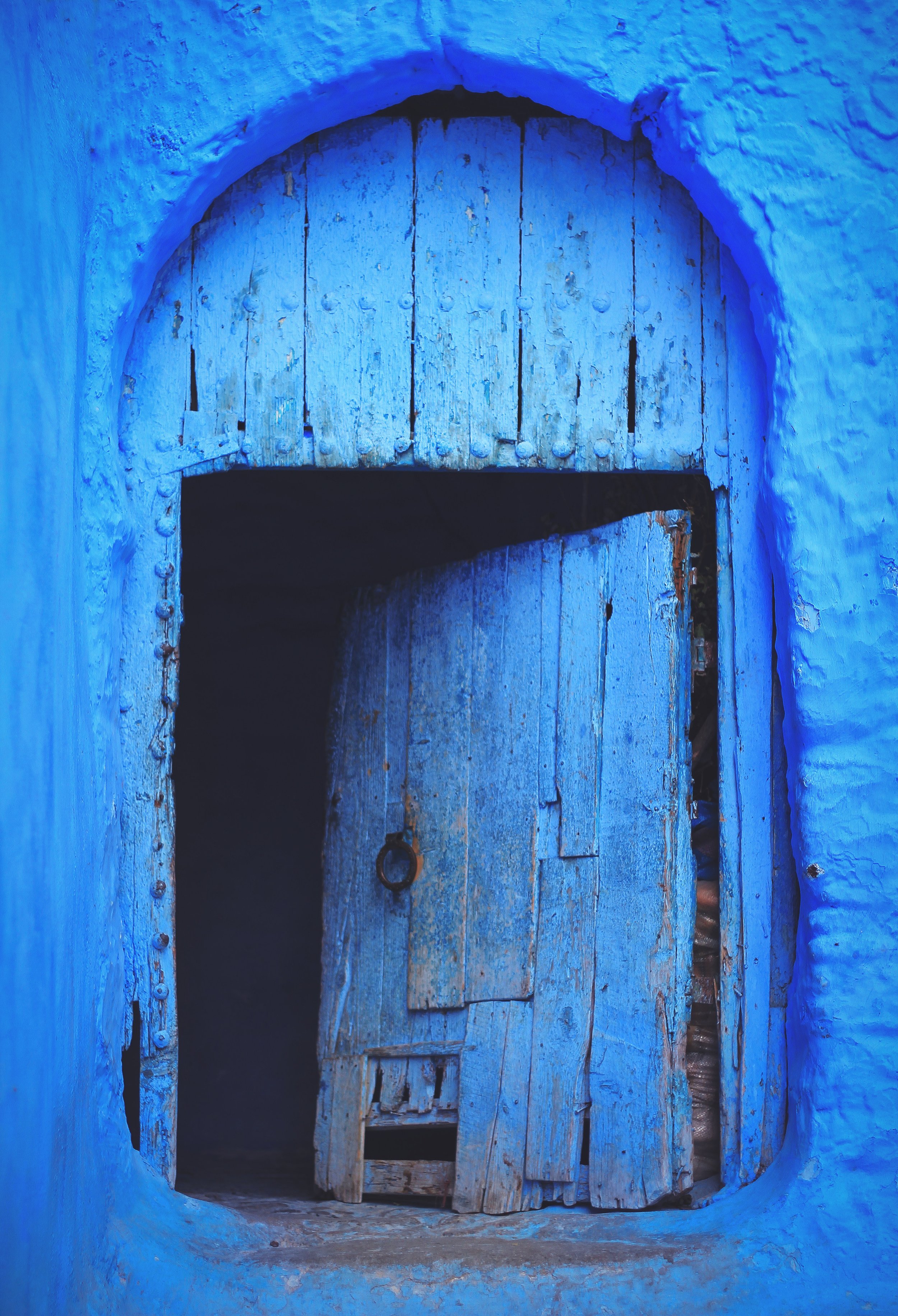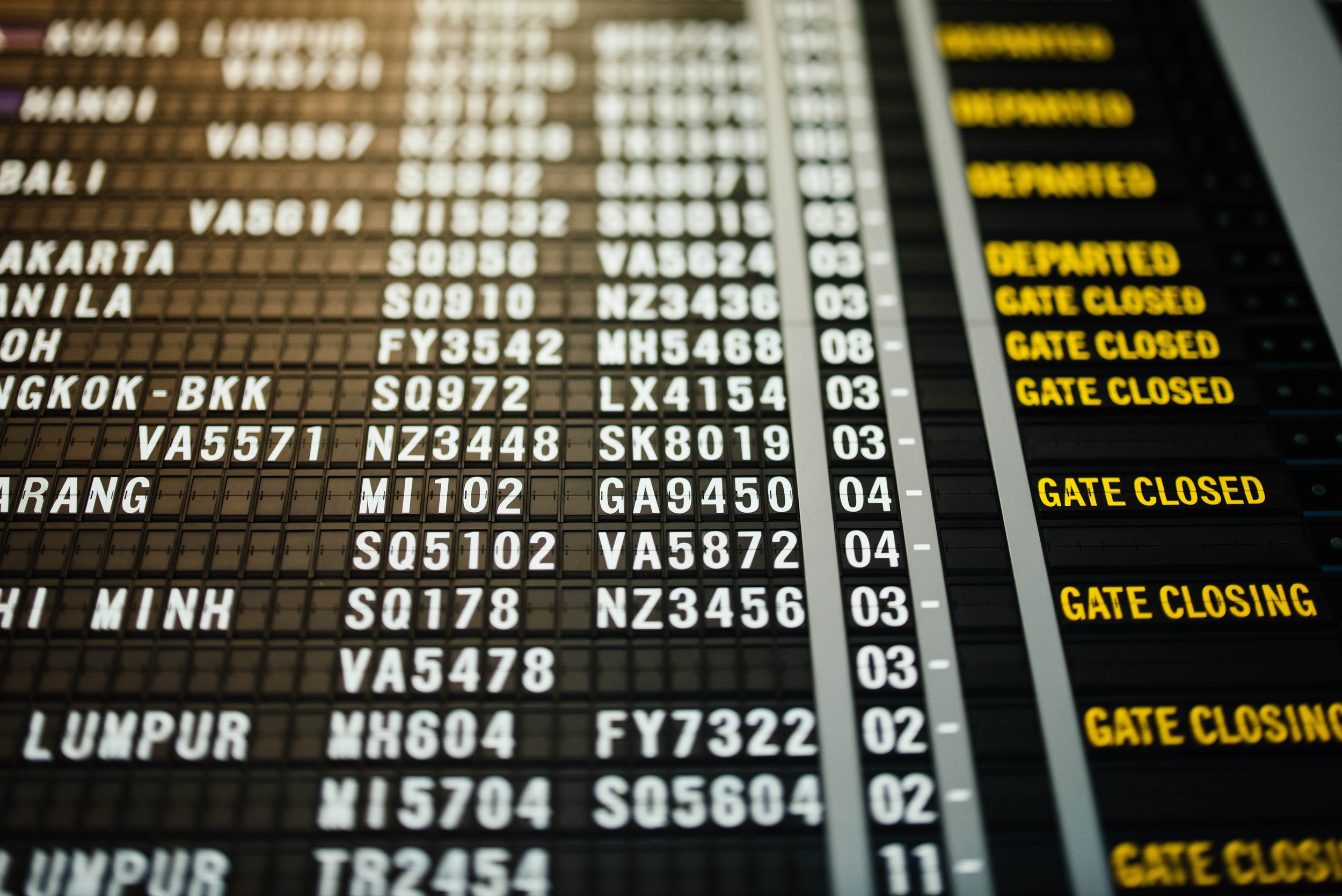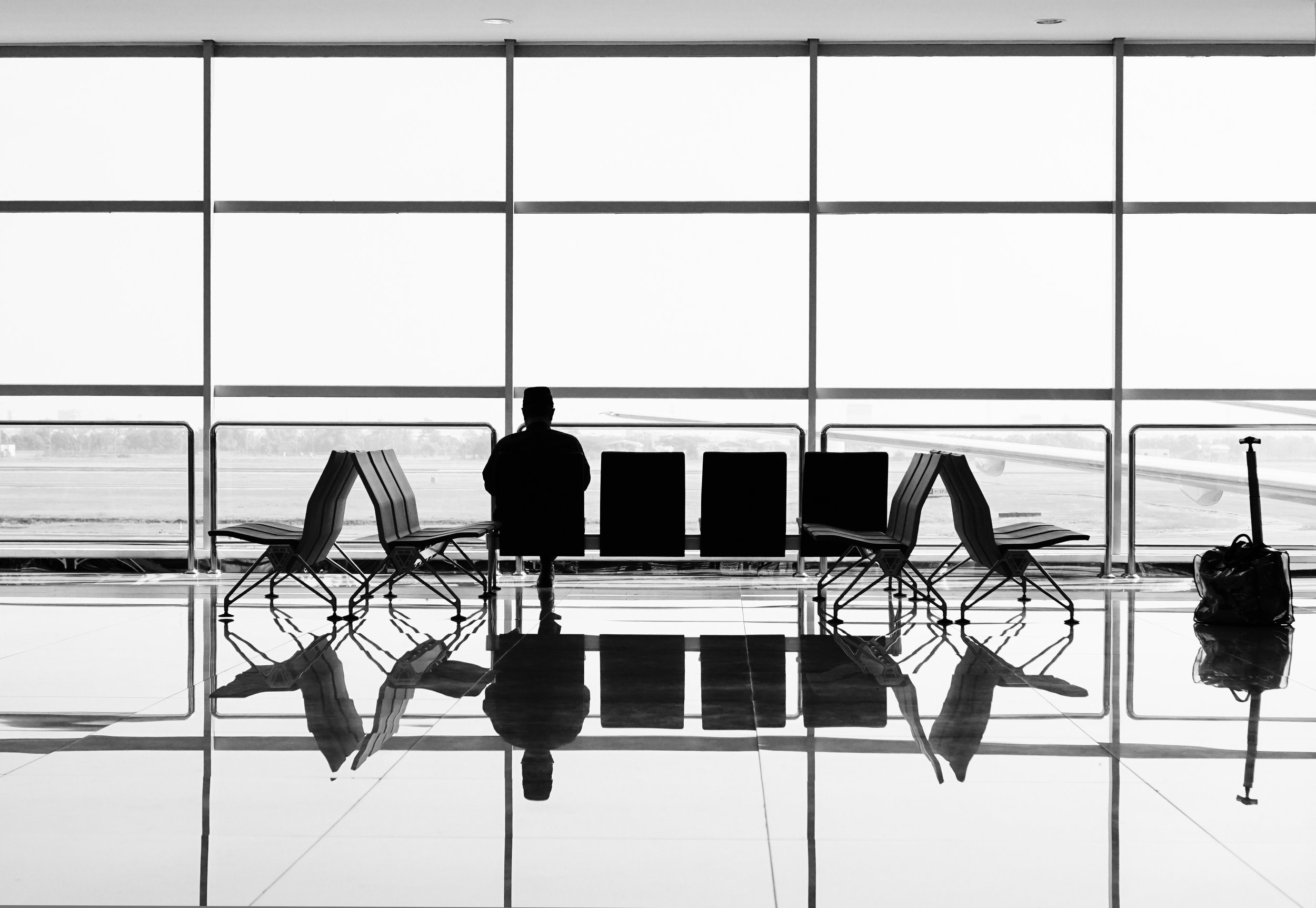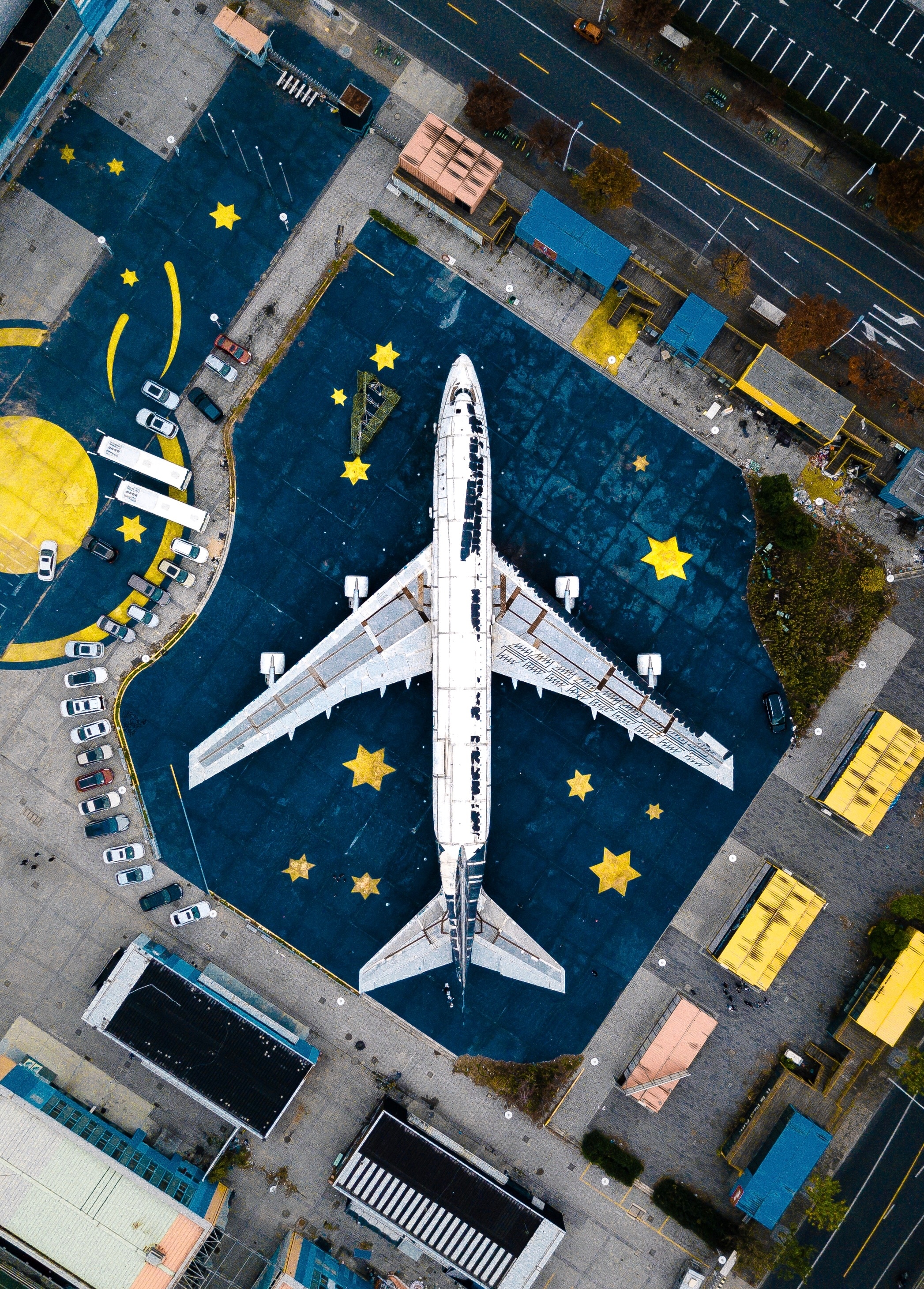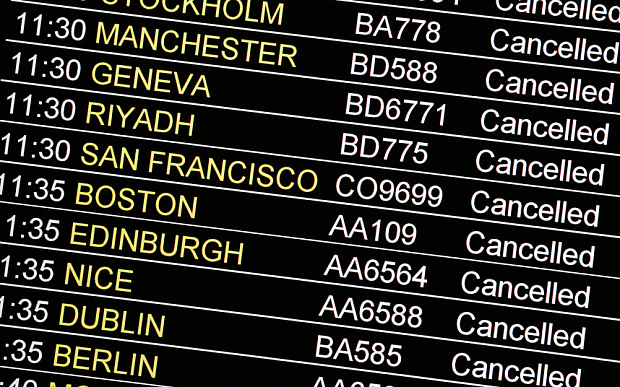We have all seen fashion faux pas in magazines, but on a plane, it could mean your health. Take Lady Gaga for instance. In 2010, on a transatlantic flight, she wore blue platform Alexander McQueen shoes and an outfit made of black and yellow tape. In flight, Ms. Gaga began to experience symptoms of deep vein thrombosis, a life-threatening condition commonly caused by a combo of in-flight risk factors like low cabin pressure, dehydration, immobility during a long trip and cramped seats (according to the American Council on Exercise). Symptoms include swollen or red limbs, but individuals suffering from deep vein thrombosis often exhibit no symptoms. Gaga, knew something was wrong and fortunately when she complained to the cabin crew, they convinced her to change into less constricting clothes.
Most likely you don’t have a comparable wardrobe to Lady G. However you might have something that’s looks great but is not designed for sitting in a seat, with limited mobility, at high altitude for hours. Think tight jeans.
Tight clothes can restrict blood flow in the already-confining space of an airplane seat. Save those skinny jeans for when you arrive. My favorite travel outfit is loose fitting travel slacks from Paskho and a nice knit top.I look fashionable, but more importantly,I'm comfortable. Go for loose-fitting natural fiber garments (clothes made from cotton, rayon or linen). Give your skin and your veins some breathing space.
Part 2 of Lady G’s problem were her high heels. Any woman knows the problems these shoes offer, just standing on solid ground. When you watch the on board safety features video, they always say not to exit the plane in an emergency with high heels. They can puncture the evacuation equipment. I don’t know about you, but I want shoes on my feet if I have to run from a plane. Why not wear your bulky, but comfortable shoes and leave space in your luggage. If you have to change planes and have a long walk between gates; comfy shoes are best. And if you didn’t take my tip on how to get TSA PreCheck all the time (no shoes off), then please consider slip on shoes. That’ll save you (and everyone behind you in line) some time.
Odors are intensified on a plane, passengers are in close quarters and the air is recycled throughout the cabin. The perfect seatmate is one who doesn't smell like anything. Just because your flight is at the crack of dawn, don’t wear yesterday’s jogging outfit. I love perfume but don’t wear any when you fly. Scent is subjective. We’ve all sat next to the guy with too much after shave cologne. People with allergies or asthma could have a reaction to strong perfumes; could be uncomfortable for both of you.
You can go through a range of temperature climates in just one flight. There's the tropical feel of a jog through the sunny airport terminal, then the stuffy and warm wait while the plane sits on the tarmac, followed by the in-flight arctic chill, especially if you are seated next to a window. Layers are a traveler's best friend for varying temperatures. I always have a shawl and blanket in my carry on. Air plane blankets have become an endangered species.
You can look fabulous and fashionable when you get to your destination.
En route, look smart and comfortable.
Call Me - Let's Talk ! 415-931-1945
Prefer to Email? info@WeMakeTravelEasy.Com
Enjoy reading my blog? Sign up for my newsletter to be a We Make Travel Easy travel insider.
